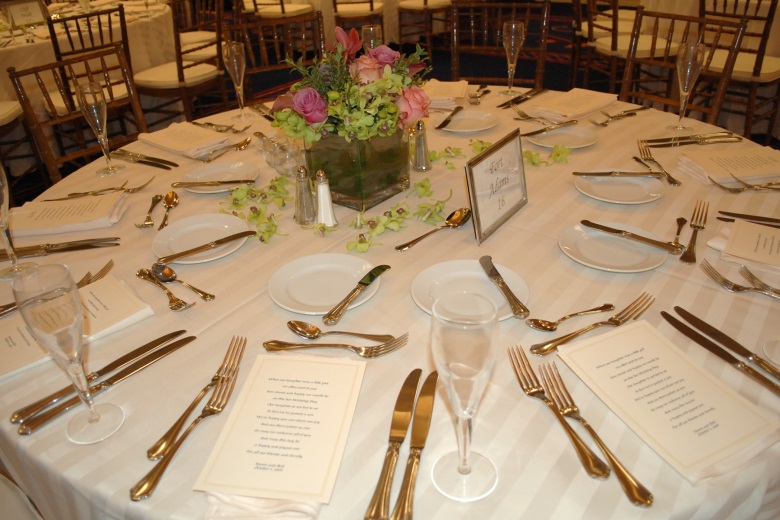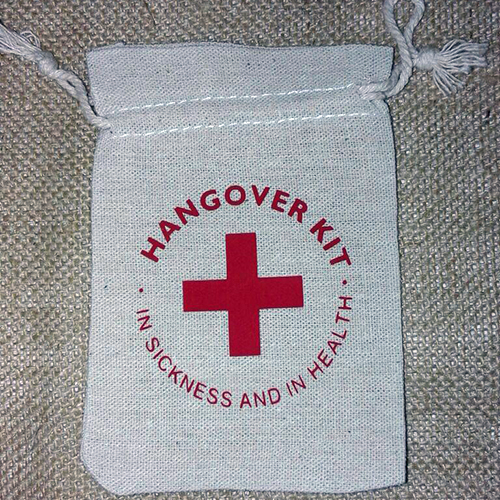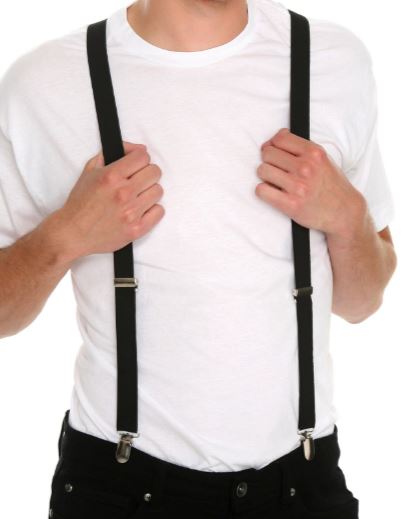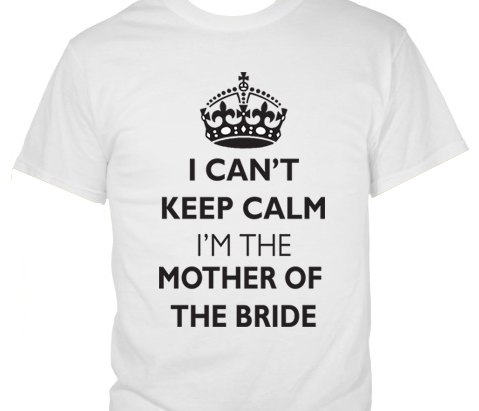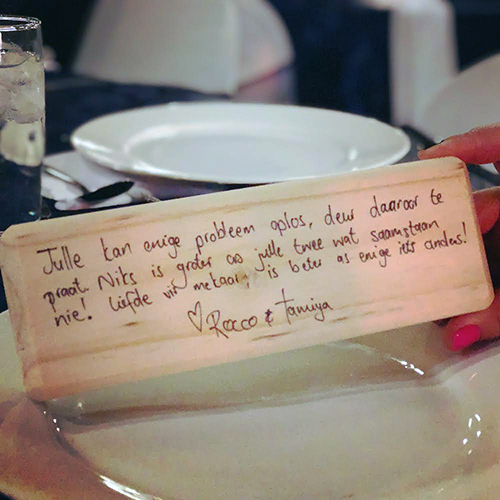The Wedding Seating Plan – Steps to setting it up
The seating plan is one of the more difficult tasks the bride and groom faces leading up to the wedding. Who to put where and the inevitable question – with whom?
Unassigned Seating Plan
If you are wondering whether a seating plan is completely necessary, then here are some things to consider when contemplating a “choose your seat” scenario:
- There may be a rush (and possibly upset) as people rush to get the “good seats” or the seats closest to the bride and groom.
- The time taken to get everyone seated will be much longer as people naturally want the best seats or are indecisive resulting in time wasted choosing where to sit.
- Couples / Families (with children) invited to the wedding naturally would like to stay together. If seats haven’t been allocated appropriately, there could be difficulty in finding seating for couples.
- Elderly couples may land up seated in an area which is inappropriate for them – from both an access point as well as from a view / hearing point.
- Physically challenged people could land up at a table that is not comfortable for them or makes their life more difficult in moving around.
If you are adamant on not setting up a seating plan, the best idea is to have extra chairs and tables (optional) available just in case.
The Assigned Seating Plan
So, you’ve now decided you want to choose where all your guests sit. Now, comes the tricky part.
Here are some easy steps to follow when wanting to start your seating plan:
- Confirm all the guests who will be attending the wedding. You need to be 100% sure of the numbers to ensure the assignment / allocation of people per table is correct.
- Put together a list of people (using MSExcel can be very useful!). Make sure to list couples together as well as parents and their children together.
- If you are planning on having a bridal table, start planning who sits at this table first. Typically, it would be the bride, groom, bridesmaids, matron of honour, groomsmen, father of the bride and groom and mother of the bride and groom. Make sure that if the groomsmen / bridesmaid’s partners are attending the wedding, that they are seated close to the bridal table.
- Start with your family members – parents, siblings, god parents, etc. Decide who will be sitting at “family tables” and allocate them accordingly.
- Ask your wedding venue / wedding planner to put a diagram together on how the tables and seats will be arranged. Make sure to include where the DJ, speakers, buffet tables, dance floor, wedding cake, microphone, etc will be placed.
- Make sure you are aware of the type of tables and the number of seats available at each table e.g. round tables sitting 8, rectangle tables seating 10, etc
- Once you have the diagram finalised and the tables / seats available, number the tables in a logical order – 1 being closed to the door or 1 being closest to the bridal table. These need to be logical to ensure that when guests arrive at the reception, when viewing the seating plan board, it’s easy and logical to identify their table.
- Assign people to the various tables. To save time, list the names for the table opposed to listing the table number PLUS where the guest must sit i.e. who sits next to whom. This then allows the guest slightly more freedom on where he / she sits at the table.
- Remember to keep a table for your wedding service providers such as your photographer, minister / officiant, wedding planner, videographer, etc – they need someone to sit and eat as well – this does NOT have to be among your guests and is often setup either to the back of the reception or in a separate section / room at the venue.
- If you haven’t had responses from some guests when doing your seating plan or there’s a possibility a few guests may be able to come after declining originally, make sure to have an extra table – just in case.
- Ask your invitation / stationary company about setting up a seating plan sign to be used at the entrance to the reception area. Try using your incorporating your theme in the setup of the sign.
- Make sure to create name tags / place cards – on paper, rocks or little ornaments, but make sure they can easily been seen and read to avoid confusion. If you have people with the same names attending the wedding, consider including their surname or the first letter of their surname on the name tag.
Photo Credit: weddingkhoncepts.wordpress.com
